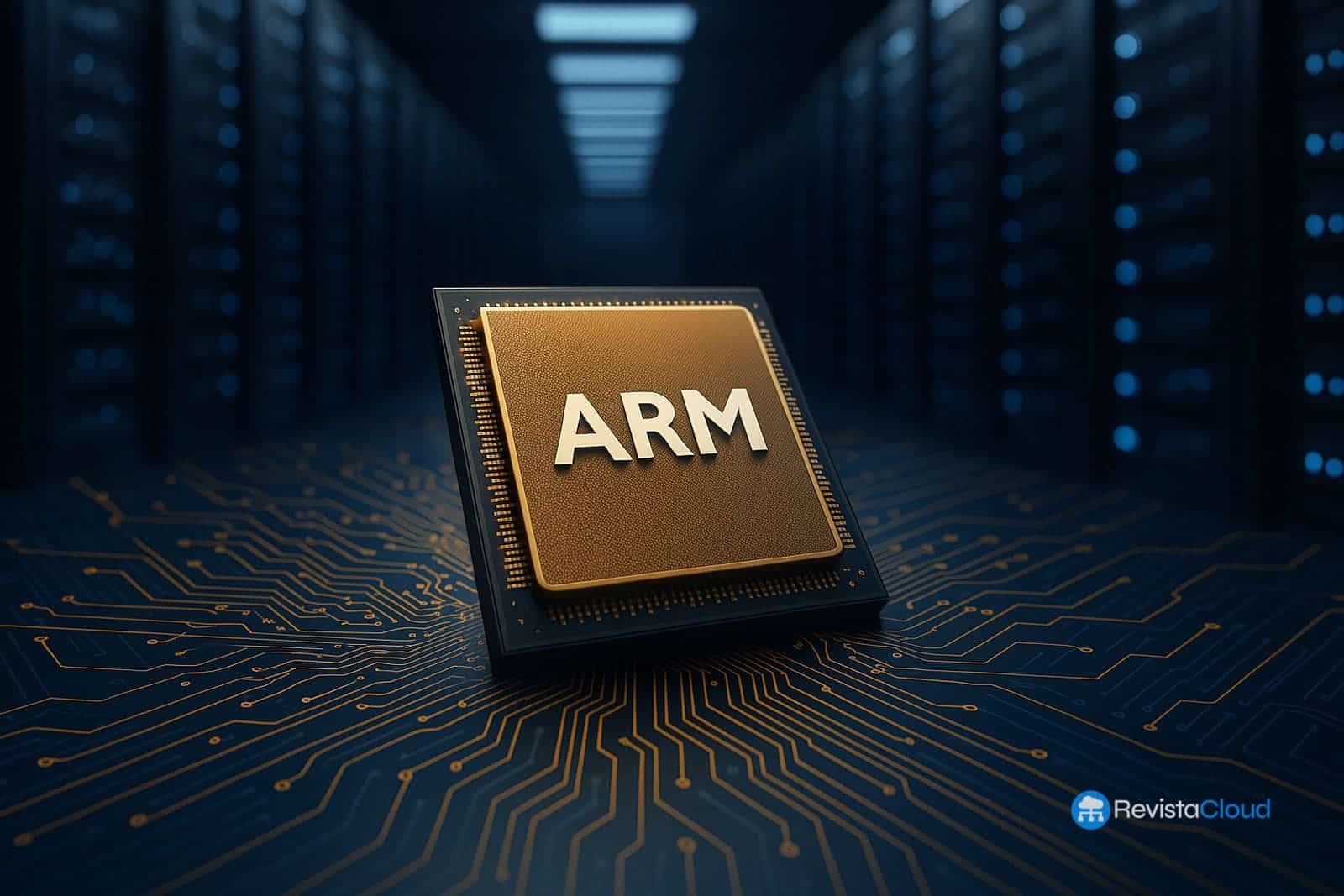The appearance of a new processor called NVIDIA N1X on Geekbench has shaken up the tech landscape, hinting at NVIDIA’s imminent entry into the competitive ARM architecture PC market. Although the company has yet to make an official announcement, the leaked results clearly indicate NVIDIA’s determination to become a relevant player alongside giants like Intel, AMD, Qualcomm, and Apple itself.
A Promising Debut: Results and Architecture
According to data collected from Geekbench 6.2.2 for Linux AArch64, the NVIDIA N1X scores 3,096 in single-core and 18,837 in multi-core, figures that place it on par with the most advanced ARM processors currently available, such as Qualcomm’s Snapdragon X Elite, Apple M3, the new Intel Core Ultra, and the AMD Ryzen AI Max. These tests were conducted on a system with Ubuntu 24 and an HP 8EA3 motherboard, featuring 20 cores at 2.81 GHz and 128 GB of RAM, suggesting a high-performance SoC intended for next-generation laptops and PCs.
The breakdown of tests shows outstanding performance in file compression, PDF rendering, web browsing, artificial intelligence (object detection and background blur), and multimedia processing, reinforcing the idea that NVIDIA is betting on a versatile and powerful chip specifically designed for new AI and multimedia applications.
Beyond Geekbench: NVIDIA’s Leap into ARM PCs
While NVIDIA has been manufacturing ARM chips for mobile devices and consoles like the Nintendo Switch for years, it has not yet ventured into the consumer PC market. The leak of the N1X is the first concrete evidence of a project that could soon materialize, especially in the context of Windows on ARM, where Microsoft and Qualcomm aim to provide viable alternatives to traditional x86.
The N1X would thus join the movement initiated by Apple with its M1/M2/M3 chips, which have demonstrated the viability of ARM in high-performance, low-power computers. With its expertise in SoC architectures (Tegra) and its leadership in graphics and AI acceleration, NVIDIA has the potential to become a top-tier competitor, especially if it manages to integrate a high-end GPU and full support for DirectX 12 Ultimate and Vulkan.
Technical Keys and Strategic Alliances
- CPU: 20 ARM cores (likely Cortex-X5) at 2.81 GHz, ARMv8 architecture.
- Memory: support for LPDDR6, up to 128 GB.
- GPU: a proprietary NVIDIA solution is expected, with advanced AI and graphics acceleration capabilities.
- Platform: designed for both Linux and, presumably, Windows on ARM.
- Collaborations: potential partnership with MediaTek (as seen in the Grace GB10 CPU) and reference to the professional ecosystem DGX Spark and Blackwell in HPC solutions.
Comparative and Competitive Context
- Single-core Performance: NVIDIA N1X: 3,096 | Snapdragon X Elite: lower | Apple M3: similar | Intel Ultra 200HX: similar | AMD Ryzen AI Max: similar.
- Multi-core Performance: NVIDIA N1X: 18,837 | Snapdragon X Elite: lower | Apple M3: competitive | Intel and AMD: similar, depending on configuration.
This positions the N1X at the forefront of ARM processors for laptops, capable of competing head-to-head with the most ambitious developments from Apple, Qualcomm, Intel, and AMD.
A Strategic Move in the Battle for the PC of the Future
The arrival of the NVIDIA N1X could represent a paradigm shift in the sector. If its performance and the integration of a next-generation NVIDIA GPU are confirmed, the new SoC could offer an unprecedented experience for local AI, portable gaming, and advanced productivity, challenging both Apple machines and Intel and AMD x86 laptops.
With the industry shifting towards more efficient and powerful solutions, NVIDIA’s entry into ARM PCs marks a new chapter in the battle for supremacy in personal computing. Key factors will include software compatibility, support from Microsoft, and appeal to OEMs and advanced users.
The NVIDIA N1X promises to disrupt the status quo and position NVIDIA as the new contender to beat in the emerging ARM PC universe. Its success will depend on both raw power and software integration, along with industry backing, but all signs point to fiercer competition and an accelerated innovation future in the personal computing segment.

